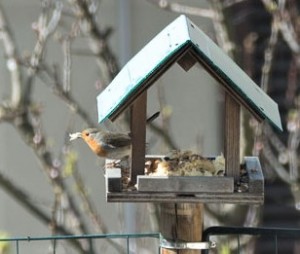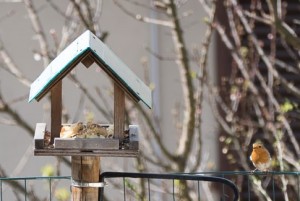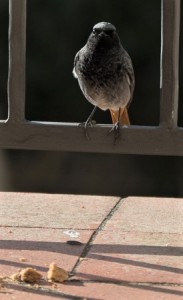No, I haven’t finished reading what I have called the negative review on curcumin, but I already have some preliminary comments, which I thought I’d go ahead and publish today. Here’s the link to the abstract, by the way: goo.gl/Ymh5DD
First impression: this review seems to prove that if you have a thesis, any kind of thesis on any kind of subject, you can look around and always find something to support it. If I wanted to prove that tinsel grows on trees, I’m sure I’d be able to find something online to prove that. Okay, okay, you’re probably right: my example is a bit too wacky. But I’m sure you see what I mean…
Seriously now: what if I told you only good things about curcumin and never touched on the potentially negative stuff? Not that there are many, as it happens, but, for example, what would you think of me if I didn’t warn you about the dangers of having gall bladder issues while taking curcumin? What if I didn’t tell you that you might experience some diarrhea, at least in the beginning?
Well, duh, I would never do that…
I mean, I’m not just some random person writing about curcumin. I actually take curcumin, every day, and at what is considered to be a high dose. I want to keep my smoldering myeloma stable for as long as possible. Oh, by the way, I should mention that I’ve been taking it for the past 11 years (January 2017 marked the start of my 11th curcumin-taking year), which I say is cause for celebration… 😎
Anyway, getting back to the point, I think it goes without saying that I don’t want to be taking anything that might harm me or cause my myeloma markers to worsen. How dumb would that be?
And I wouldn’t want anyone else to be taking something harmful, either. Duh.
And that is precisely why I will always read and comment and post about any negative information about curcumin. And so we get to the review that I mentioned in my January 12th post.
Ah, this review isn’t simple at all…lots of technical jargon…unraveling it could take a while. But, as I mentioned before, here are a few of my first impressions…comments…Ready? Let’s dive right in:
The researchers state the following, both in the abstract and in the body of their review: “The likely false activity of curcumin in vitro and in vivo has resulted in >120 clinical trials of curcuminoids against several diseases. No double-blinded, placebo controlled clinical trial of curcumin has been successful.”
Seriously?
My reactions can be boiled down to the following, for now at least:
- What do those researchers consider to be a “successful” trial?
- Do they realize that curcumin isn’t a drug and therefore does not and cannot behave like a drug?
- Did they check every single double-blinded etc. clinical trial?
I cannot answer the first two questions yet (as I said, I haven’t gone through the entire review), but I can answer the third one. Surprisingly, the review authors chose to discuss only FOUR curcumin clinical trials. But it isn’t just that: they essentially admit that it would be pointless for them to examine the results of ALL the curcumin trials…for the purposes of their review, that is. And so they chose four “archetypical” curcumin trials that support their thesis…their thesis, that is, that curcumin is useless, therapeutically speaking.
I found that astounding.
I mean, how would you react if I declared the following, for example:
- Premise: I have 135 neighbors (135 = same number of curcumin trials).
- Thesis: all my neighbors have dogs.
- Proof: I leaned out of my study window one day and saw 4 of my neighbors (4 = same number of clinical trials checked in the review) walking their dogs.
- Conclusion: all my neighbors have dogs.
Of course, you’d say that’s ridiculous. And you would be right.
You can’t just consider the specific trials that support your theory.
This means that if you are making sweeping statements about curcumin, it is indeed NOT “beyond the scope” of your work to look at ALL the trials that have results. But that is what seems to have occurred here.
Note: the review authors tell us that they chose these trials because the data is available on the clinicaltrials.gov website. Um, I’d like to point out that there are curcumin clinical trial results in PubMed, too…
Let’s look at their first choice, which I thought was quite interesting for a variety of reasons, as we will see:
The goal of a recent University of Rochester study testing curcumin on breast cancer patients undergoing radiotherapy was to reduce radiation-caused dermatitis. Its results, the review authors say, are “inconclusive.”
I looked up the results on the clinical trial website (as far as I know, and as far as the review authors know, the results have not been published anywhere else yet), and yes, true, there was not much difference between the Mean Radiation Dermatitis Severity Scores of the two groups: 2.02 in the curcumin group, 1.99 in the placebo group.
However, I didn’t stop there.
I found a previous University of Rochester clinical trial, in which curcumin was tested on a group of breast cancer patients. Same group of researchers, same center (University of Rochester), same everything, including dosage, except that in this trial, there were only 30 women, compared to 686 women in the second trial.
The results of the smaller clinical trial led the University of Rochester researchers to state the following:
“In conclusion, oral curcumin, 6.0 g daily during radiotherapy, reduced the severity of radiation dermatitis in breast cancer patients.” And, quoting from the full study: “Overall, although curcumin did not completely prevent radiation dermatitis in this trial, the reduction in moist desquamation is clinically significant and suggests improved quality of life during RT.”
You can read the abstract and download the full study (for free) here: goo.gl/SRVLI2
Now, in order to understand why there were such different results between the two trials, we will just have to wait for the full study to be published…Pointless to speculate about results without having access to all the information, right?
Note: the review authors chose not to mention the earlier, smaller trial, even though it had results (in fact, very good results), and even though it was carried out at the same center…and, let me add, even though the full study was published online…and for free, as we have seen.
Well, I suppose it’s clear at this point that I didn’t just look at the clinical trials website. I also checked out PubMed where I found a number of curcumin clinical trials whose results are “successful,” at least in my opinion. And that includes the Australian curcumin trials, which concern us, in particular…
But it’s time for lunch now, and then I have stuff to do, so I have to leave it at that, for today. Ciao!!! 🙂


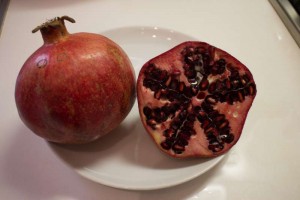
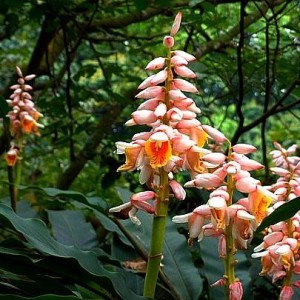

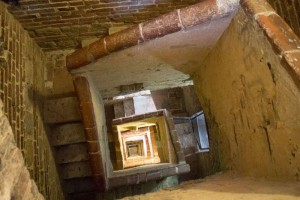

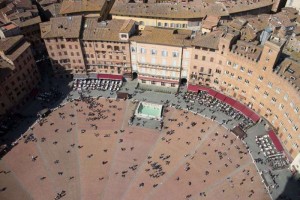
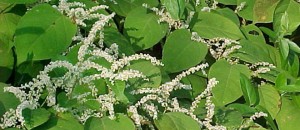 The description sounds quite innocuous, but in fact this plant is far from innocuous. It’s a terribly invasive, almost impossible-to-get-rid-of WEED that can take over huge expanses of land if unchecked, and its rhizomes can even cause extensive damage to building foundations, walls, and whatnot. Okay, well, there go my first thoughts of planting some in the back yard. Oooops, not happening!!!
The description sounds quite innocuous, but in fact this plant is far from innocuous. It’s a terribly invasive, almost impossible-to-get-rid-of WEED that can take over huge expanses of land if unchecked, and its rhizomes can even cause extensive damage to building foundations, walls, and whatnot. Okay, well, there go my first thoughts of planting some in the back yard. Oooops, not happening!!!